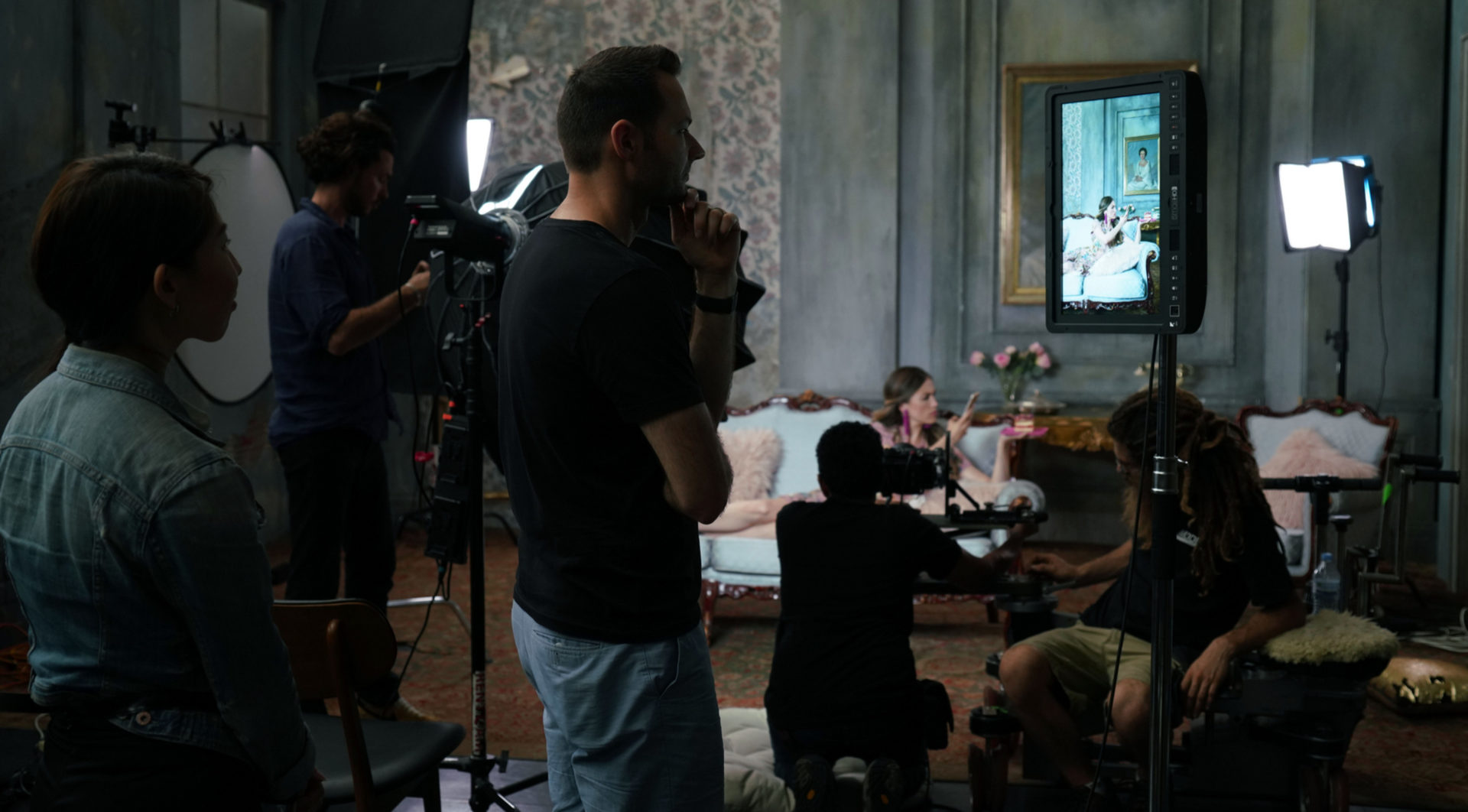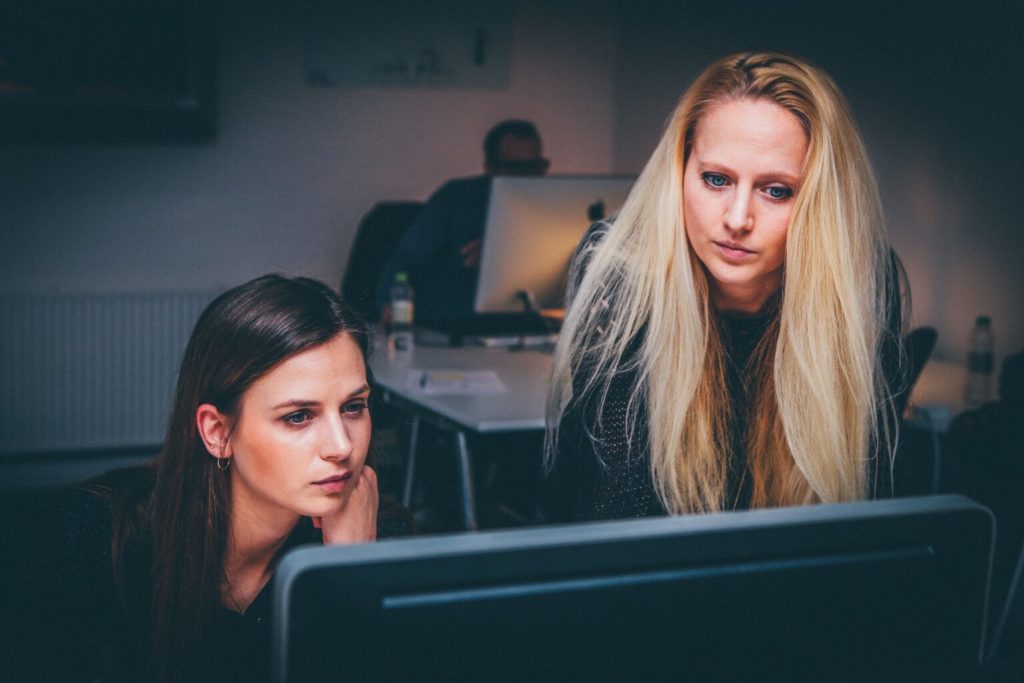Production is complicated process, especially in the advertising world. Beyond the challenging budgets, logistics and schedules, there’s the added responsibility of working with clients. Timeframes are challenging. Creative might arrive just before a shoot. And with so many moving parts, it’s not unheard of to arrive on set with little preparation.
It’s up to the producer to make sure that everything runs smoothly. No matter how big or small the production, the producer keeps everything on-time and under budget. That description, while accurate, doesn’t begin to describe the role of the Producer. Who are they? What do they do?
For example, while it’s not unheard of for multiple producers to be involved on a project, there is often just one. Ultimately, the size and complexity of the production determines how many producers are involved. Let’s take a look at three types of producers: the Executive Producer, Line Producer, and Creative Producer.
Executive Producer
If you’re producing a major commercial for a big brand, chances are you’ll need an Executive Producer on the project. An Executive Producer is focused on the financial-side of production. They might be the head of a production company or contributed/secured funding for the project. As stakeholders, it’s their job to make sure things go well.
But even with the financial stake, when it comes to the day-to-day production the Executive Producer is more hands-off than Line Producers and Creative Producers.
Line Producer
A Line Producer joins a project in the early stages of pre-production, and without them, no one would get hired and no locations would be booked. When the concept is approved, it is the Line Producer’s job to execute it.
While Executive Producers are the ones that secure the budget, Line Producers focus on the ‘nuts and bolts’ of a project. Budgeting, scheduling, booking a crew, sourcing equipment and other logistical details are all responsibilities of a Line Producer.
Creative Producer
A Creative Producer focuses on the creative details and logistics for production. They work alongside (and oftentimes hire) writers and directors to turn the project’s concept into a reality. While every producer knows how production works, the Creative Producer is understands this process intimately. They also act as a liaison between the director and client to make sure the client’s vision is being presented correctly.
From the start to end of any production, at least one producer makes things happen behind-the-scenes. But how does a producer’s role change throughout this process?
A Producer’s Role On And Off Set
The standard answer to a producer’s role and/or responsibility boils down to this: If a producer isn’t personally carrying out a task (i.e., creating a budget, casting talent, hiring a crew, etc.), then they are overseeing it.
The producer’s day-to-day job can be broken down along the three phases of production, pre-production, production, and post production. Their responsibilities change depending on what phase a production is in.
Pre-production
Pre-production on a commercial shoot encompasses all the tasks that happen from the initial project pitch to a client and all the way to right before cameras start rolling. The timelines are typically very short, lasting only several months at most. Producers work closely with a client (i.e., a brand or business) and become their point of contact throughout the process.
Depending on when a producer joins onto a project, the concept might or might not already be developed. Either way, the producer ultimately gives (or doesn’t give) the green light for pre-production to start and bases this decision on the budget parameters provided by the client.
If the concept requires a bigger budget and/or expensive resources that aren’t available, the producer point that out and offers possible solutions. During these budget negotiations, the concept is goes to the next step and becomes a script. The budget is adjusted to meet the needs of the script and approved by the client.
Throughout pre-production there are an assortment of details producers must deal with. For example, every project needs production insurance to issue Certificates of Insurance (COIs) to vendors in order to rent the gear you need to shoot the commercial. Other paperwork to gather includes crew deal memos, location agreements, talent agreements and setting up payroll.
It’s not glamorous, but all of this work gets the production ready to roll in a safe, legal, and efficient manner.
Production
After all the work done in pre-production, a producer delegates a lot of responsibility to the director and assistant director during production. The assistant director will usually send out a call sheet every day of the commercial shoot. But if the team is small, this responsibility could fall on the producer.
Other than that, a producer’s main responsibility in production is to oversee the progress and to put out fires. This can be anything from running behind schedule, missing a piece of critical equipment, and health and safety issues such as a COVID outbreak on set. It’s the producer’s job to come up with solutions to these problems and keep the production on time and on budget.
The producer also works closely with the director, department heads in the crew, and the client to make sure that everything that was planned in pre-production comes to fruition. Much of their day is spent managing client expectations and getting their sign off on takes. When the client is happy, the set is an easy place to work.
Post Production
Post Production includes video editing, audio mixing, motion graphics or visual effects, color grading, and quality control. A producer may handle this process, depending on the size of the production company. In larger operations however, a separate post producer position exists to have an expert focusing solely on this process.
Attention to detail and great organizational skills are needed. Multiple versions are created for broadcast and social media. Closed captioning and subtitles are addressed. And while the producer deals with all of these elements, they must deliver the spot under the tight deadlines inherent in the fast-paced world of advertising.
Final Thoughts
A producer helms every successful production and commercial shoot. They manage communications with the client, handle the budget and schedule, deal with unforeseen problems and oversee the project’s progress. Organizations like the Association for Independent Commercial Producers (AICP) are a great resource and provide guidance on many production issues.
Not only is the producer responsible for getting the project off the ground, they’re in charge of seeing it through to the end. It’s not a job that is suited for everyone, but that’s why the producer is a critical part of any production.
The Role of the Producer is part of our series that looks at various roles within film and television production. Also check out our Fixer, Cinematographer and COVID Compliance Officer posts. Each goes into detail about a key position on set.


